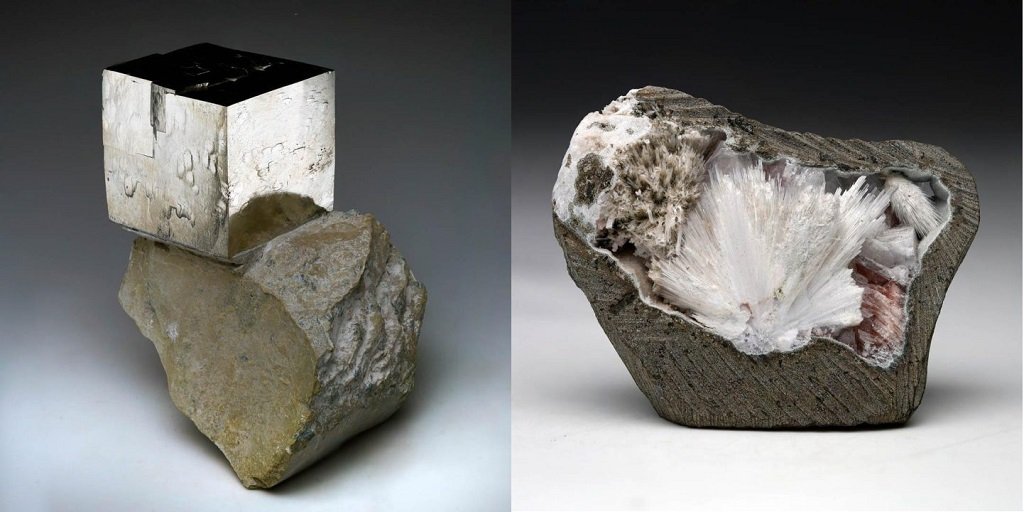In the era of modern investing, the Demat account is the primary access. It holds securities electronically, offering a convenient and secure way for investors to hold financial instruments. One needs to understand the different types of Demat accounts that can be obtained to be able to make a correct decision.
What Is a Demat Account?
A Demat account, which stands for ‘dematerialized account,’ contains shares and securities in dematerialized form. It eliminates physical certificates and facilitates simple trading, investment, and holding of securities.
Types of Demat Accounts
1. Regular Demat Account
A regular Demat account is suitable for investors who trade or invest in the stock market regularly. It supports huge kinds of transactions such as equity shares, mutual funds, bonds, government securities, and exchange-traded funds (ETFs). Regular demat account holders typically incur expenses such as account opening charges, annual maintenance charges, transaction charges, and dematerialization charges. It is suitable for individuals who possess a high volume of transactions.
2. Basic Services Demat Account (BSDA)
The Basic Services Demat Account (BSDA) has been launched to welcome small investors on board. Intending to reduce the cost for small investors who have a limited number of transactions, the BSDA offers fewer services without impeding the inherent characteristics of a Demat account. A BSDA can be owned by an individual provided he meets the specified eligibility criteria.
Eligibility for BSDA
The investor must be the sole or first holder of the Demat account.
The investor must not possess any other Demat account where he or she is the first holder.
The market value of securities under BSDA must not exceed a certain amount (as guided by regulations).
Features of a BSDA
Lower Maintenance Charges: BSDA holders can enjoy lower or zero annual maintenance charges based on the holding value.
Electronic Statements: Holdings and transactions are provided periodically in electronic form to reduce operating costs.
Limited Services: While minimum operations such as dematerialization, rematerialization, and transfer of securities are available, BSDA may be deficient in some high-value-added services.
Difference Between Regular and BSDA Accounts
There are several key differences between a regular demat account and a basic services demat account. A regular Demat account is open to all investors and has no limit on holding value. However, a BSDA is available only to those with a single Demat account in their name and is for lower-value holding investors. A regular Demat account possesses full services and allows multiple accounts to be owned by one individual, whereas BSDA limits investors to one account and offers only simple services. Maintenance charges on accounts also vary significantly. Regular accounts possess fixed annual charges, whereas BSDA owners can benefit from lower or no maintenance charges depending on the value of securities in the account. These differences make each account suitable for different investor categories and needs.
Free Demat BSDA Account: How to Open?
Many depository participants offer the facility of opening a free Demat BSDA account on specific terms. An applicant for BSDA must provide valid documents of identity and meet the prescribed eligibility criteria. The process involves
Documentation: Submission of proof of identity, proof of address, and passport-sized photograph.
Account Opening Form: Submission of the Demat account opening form, like a declaration for BSDA eligibility.
In-Person Verification: Conducting a verification process, as per regulatory guidelines.
Activation: The account is then activated once verified, and the investor can initiate transactions within the limits of the BSDA structure.
Importance of Selecting the Correct Type of Demat Account
The choice between regular demat and BSDA account depends on the volume of transactions, investment style, and holding value of the investor. For those who trade frequently or invest enormous volumes, regular Demat would be preferable since it provides flexibility and superior services. On the other hand, investors with low trading frequency and portfolio size can avail themselves of low costs by choosing BSDA.
Conclusion
Understanding the structure and purpose of different Demat accounts helps investors align their investment goals with an appropriate account type. The regular Demat account is for active traders and long-term investors with big portfolios. On the other hand, the Basic Services Demat Account is a cost-cutting initiative for small investors. By considering the fees on accounts, service functionality, and qualifications, investors can make an appropriate decision and efficiently handle their assets. Considering alternatives like the no-charge Demat BSDA account may also get more individuals into the financial markets, especially new or low-turnover investors.











Leave a Reply